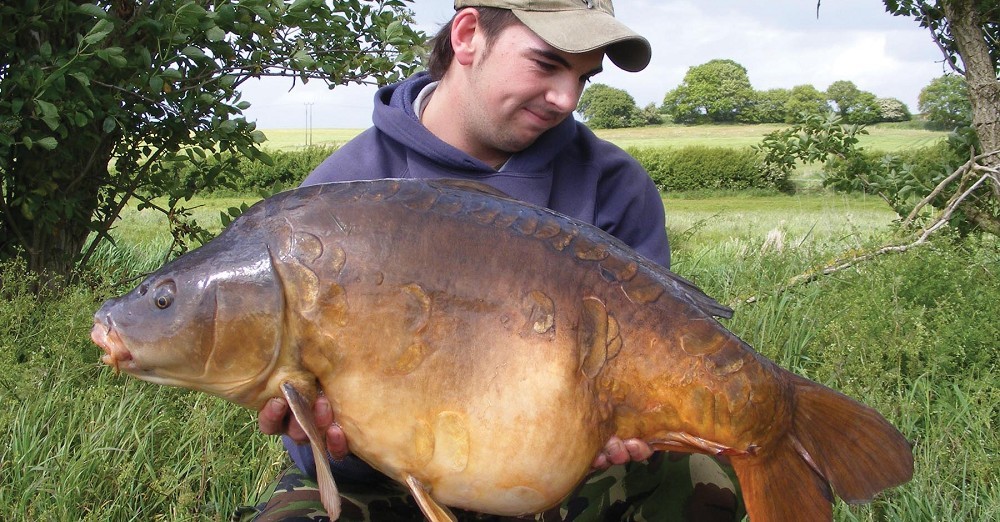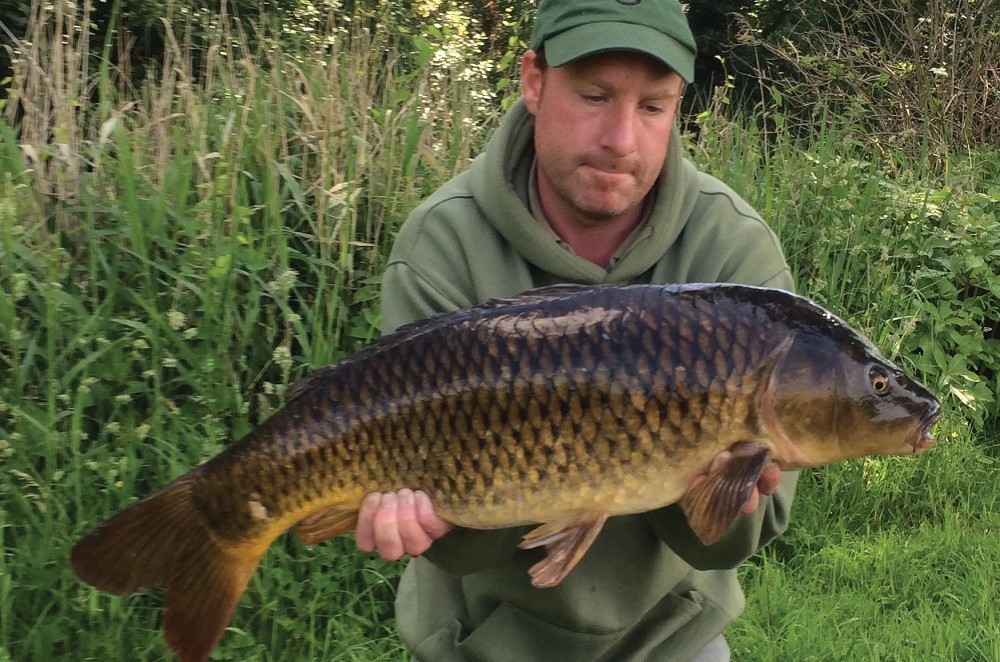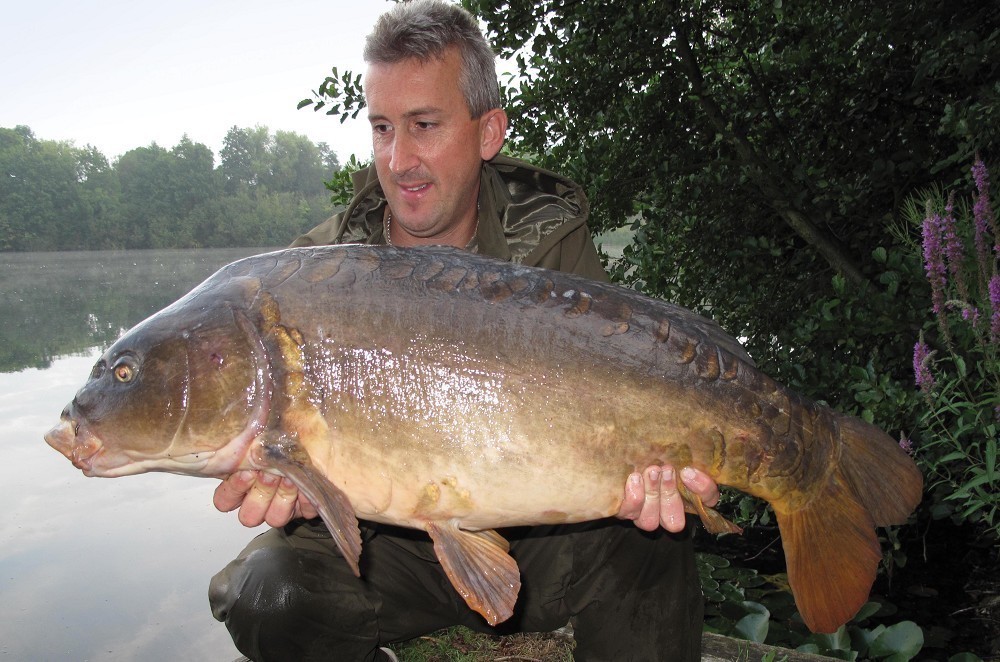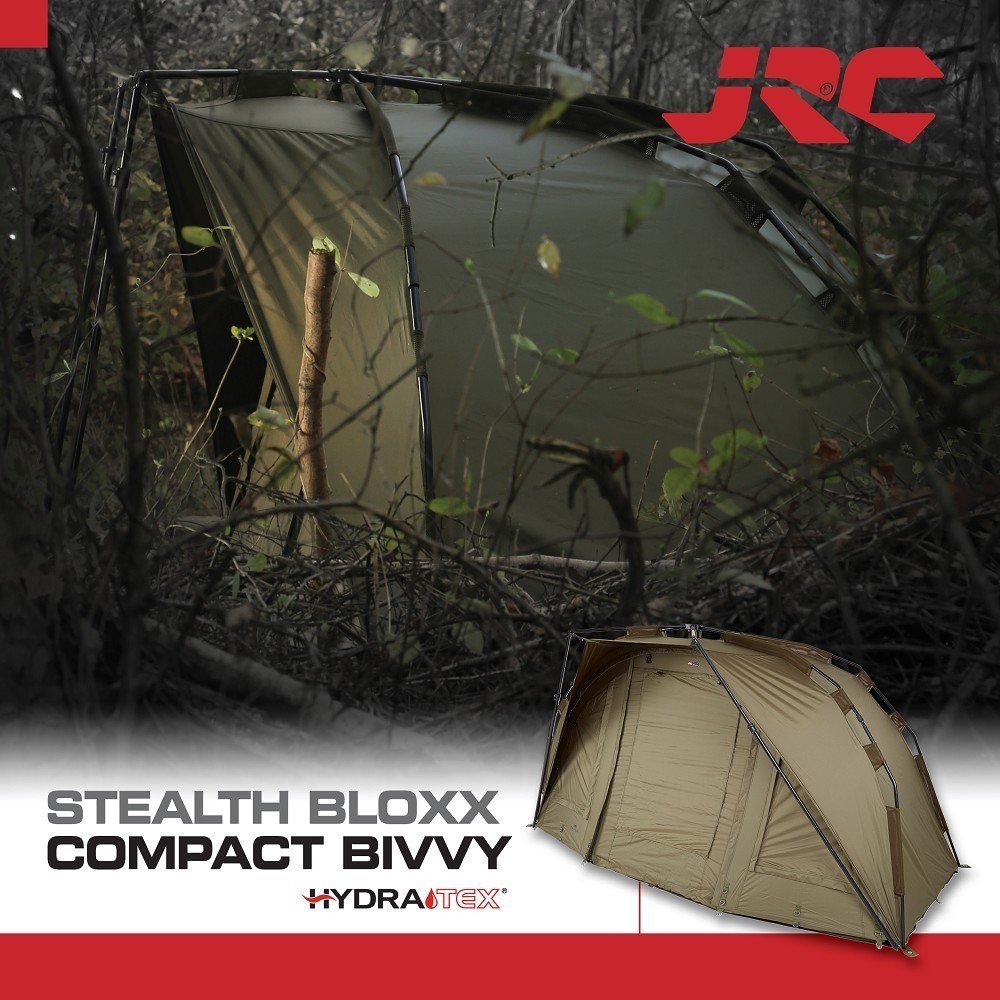
How to keep catching off the surface
It’s mid-summer and that can only mean one thing: the carp in your lake have been hammered on the surface.
The big question
Floater fishing: there are a lot of waters where the carp get hammered on the surface, mainly on dog biscuits and pellets, so how would you approach such waters? Would they use smaller hooks and lighter lines to combat rejection to the hookbait? Do they use alternative hookbaits? What sort of favoured controllers do they use? And when would you favour an over-depth Zig to a traditional controller?
Luke Church
“When approaching such waters where the fish have been heavily pressured on the surface, I would certainly think about scaling down my end tackle. First of all, if I was to opt for a controller set-up then I would choose to use a more camouflaged controller such as a Gardner Flatliner which is far less obvious to the fish and with this they are less likely to become spooked. For my hooklink material I would look to use 8lb Zig-Link, also from Gardner, as this material is super strong and virtually invisible helping with the disguise of the rig. For hook choice with this set-up I would be scaling down to a size 12 Covert Mugga as they are seriously sharp and once they get hold they don’t come out. I would be inclined to use a much smaller hookbait being either a trimmed down Duo Floater hookbait or an 8mm Mini Bites pop-up.
“When times are really hard and the fish just aren’t playing whatsoever, I would then be tempted by my trusted beachcaster rig where the line doesn’t come in contact with the water until it hits your pike float which finds it own depth around 30-40yds beyond your hookbait and is sliding down the line above a lead which is tied to the end of the main line. The hookbait is connected via a sliding hooklink on a swivel and when the rig is cast, it slides back and sits perfectly suspended above the water. With some slight adjustments, this is lowered so the hookbait is just touching the surface. This way the fish have no reason to be thinking there is any danger as there is no line touching the surface of water anywhere near where you are feeding and where you hookbait is craftily positioned. Just to add in, the rod must be stood up vertically, beachcaster style, for the line to lie correctly. If used and fished correctly, this can be a devastating method!
“Equally, over-depths Zigs can outwit even the wariest of carp, and this is a tactic I would also seriously consider if the carp were continually ignoring a controller set-up. Set the rig up roughly 1ft over-depth and fish the rig bolt rig style with a long tail. For a hookbait, a small piece of black or brown foam will normally do the job. This will trick these sceptical carp time and time again.”
Ian Lewis
“On all pressured waters that get hammered on the surface, I truly believe it’s essential to gain their confidence first by feeding little and often and only when you’ve got them feeding with gusto, then I’d put my hookbait beyond them and draw it back or put it amongst them as stealthily as possible.
“Many waters see lots of pellets or Mixers, so sometimes thinking outside the box by using other baits like cat biscuits or other odd shaped floaters can give you an edge. Having said this, on many waters I’ve fished, getting them into this ‘Pac-Man’-like frenzy cannot always be done because of gulls or relentless amounts of birdlife, so I often try to present a tasty floating or slow sinking morsel as a single in attempt to catch the curiosity of a browsing carp.
“My preferred way to fish for carp on the surface is free-lining and in honesty I will only use a controller if the required distance is further than what I can reach effectively with just the weight of the hookbait. In this case, I like to firstly use the lightest I can get away with, but if I’m right out in the pond I like to use an in-line controller and fish it bolt rig style.
“A massively overlooked method is a slow sinking hookbait like bread flake. On numerous occasions I’ve not been able to get a take off the top yet flicking a piece of bread flake that’s sinking only by the weight of the hook, extremely slowly through the water column, has been taken with conviction on so many occasions.
“I’ve found that over-depth Zigs work well when there is a new fly hatch and fish are taking them off the top, almost trying to mimic the silhouette of an insect hatch.”
Rick Golder
“When approaching waters that have been hammered on Mixers and pellets I favour a trimmed down boilie as my favoured hookbait. I still feed with Mixers but the advantages of a cut down boilie are twofold: you can vary the colour away from Mixer brown, to orange or red, which are my favourites, and also vary the shape, again anything that differs to that of a Mixer. I like a long cylindrical shape, but have also just used standard round and not trimmed a pop-up at all. These can make the fish more confident just by being different, and give you that chance when the fish are extra cautious, and sometimes just a different size of bait can work well too.
“With this I don’t scale down in tackle, I just go for a dedicated clear line, Gardner Zig-Link in 10lb, and most importantly an aggressive Mugga hook in a 10 or 12. These convert any chances you get and really go in well, which when the fish are cautious give you the best chance. Their in-turned eye and curved shank really improve hooking power, and they are incredibly strong too, even in these smaller sizes.
“I like the most subtle coloured and weighted controller possible, as long as it gets the distance without disturbance and is visible, and I always use a hooklink of upwards of 6ft for separation, which again adds stealth to the whole set-up.”





